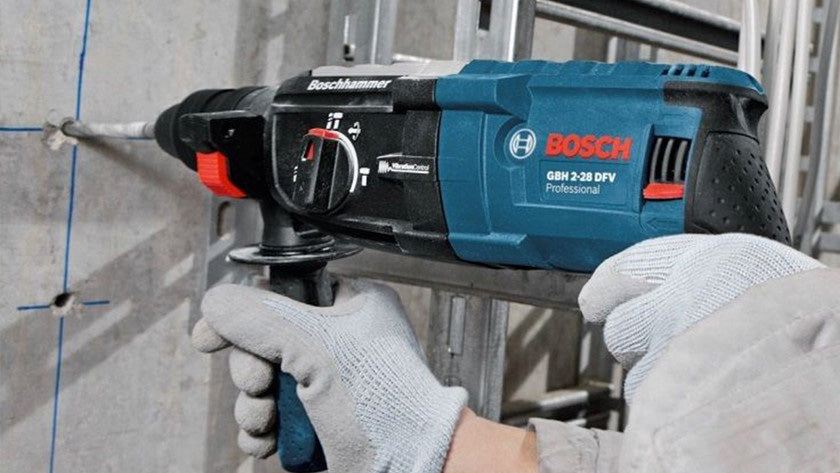
Through its mechanical impact mechanism, the drill used offsets the actual impact into vibrating movements. So if you are reading this post after searching about the benefit of an SDS drill over a standard hammer drill then be assured - if your hammer drill is struggling on a tough job - you need an SDS drill.The impact drill is, as already mentioned, a universal tool that can be used both for drilling, with or without impact, or for screwing in screws.

The overused phrase "like a knife through butter" came to mind. Also it has a grease chamber (I assume they all do?) and some of this gets smeared on the bit, so I seem to always get some on my hands every time I use it. Mine is 6kg, so using one-handed is simply not an option. My reluctance was (as experienced readers know) the simple fact that in comparison to my light hammer drill, the SDS is a beast. So I continued for another 30 seconds or so - no deeper at all. Maximum speed with a hefty amount of pressure for 30 seconds or so - I got a few mm deeper. Nevertheless I thought I'd have a go and see if I could drill through with my hammer drill.

By inspection of the location (near a dormer window) it was clear that there is a joist just above this location so it made sense that there should be an engineering block where I was trying to drill. But not so for the other 3 holes - through the plaster layer and then no further. With my drill on hammer mode I did 7 of the holes with ease - a plaster layer over concrete block no problem. Over the weekend I had to put something big up on a wall and needed to drill 10 holes for plugs. It is light and convenient so I always use it first. Mine's a middle-range one, 18V lithium, so can handle most jobs with relative ease. Like most people I have a rechargeable hammer drill.

I thought I'd do this post for the benefit of diyers who have not used an SDS drill.


 0 kommentar(er)
0 kommentar(er)
